-
 Bitcoin
Bitcoin $83,153.2876
4.27% -
 Ethereum
Ethereum $1,558.9343
1.32% -
 Tether USDt
Tether USDt $0.9994
0.03% -
 XRP
XRP $2.0154
1.52% -
 BNB
BNB $585.8350
1.26% -
 Solana
Solana $121.2068
6.71% -
 USDC
USDC $0.9999
0.04% -
 Dogecoin
Dogecoin $0.1587
2.11% -
 TRON
TRON $0.2411
2.24% -
 Cardano
Cardano $0.6206
0.51% -
 UNUS SED LEO
UNUS SED LEO $9.2968
-1.22% -
 Chainlink
Chainlink $12.5633
2.42% -
 Avalanche
Avalanche $18.9696
2.53% -
 Stellar
Stellar $0.2336
0.53% -
 Shiba Inu
Shiba Inu $0.0...01211
2.85% -
 Sui
Sui $2.1766
2.58% -
 Hedera
Hedera $0.1668
-1.41% -
 Toncoin
Toncoin $2.8157
-4.28% -
 Bitcoin Cash
Bitcoin Cash $312.3950
6.18% -
 MANTRA
MANTRA $6.4538
0.04% -
 Litecoin
Litecoin $75.7452
1.24% -
 Polkadot
Polkadot $3.5555
1.55% -
 Dai
Dai $0.9999
0.02% -
 Bitget Token
Bitget Token $4.3138
2.81% -
 Hyperliquid
Hyperliquid $15.1799
7.11% -
 Ethena USDe
Ethena USDe $0.9987
0.02% -
 Pi
Pi $0.6276
5.27% -
 Monero
Monero $209.2344
4.30% -
 Uniswap
Uniswap $5.1938
2.36% -
 OKB
OKB $53.0406
-1.89%
One article to explain in detail the origin of the term metaverse
The genesis of the metaverse can be traced back to science fiction novels, early virtual worlds, MMO games, VR advancements, blockchain integration, and the rise of social VR platforms, culminating in the immersive digital landscape we experience today.
Oct 19, 2024 at 10:12 am
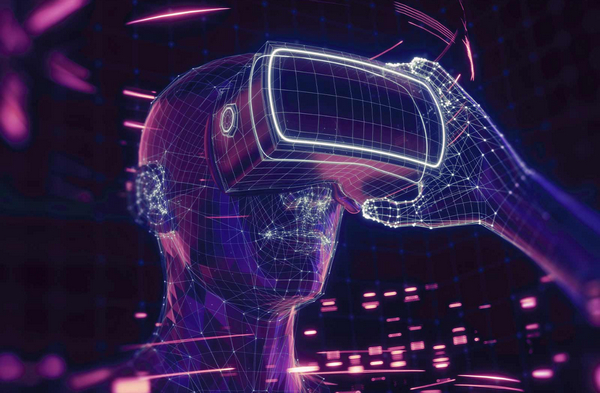
Delving into the Genesis of the Metaverse: A Journey through History
The term "metaverse" has permeated popular discourse, embodying the convergence of virtual and augmented reality, social interaction, and digital economies. Its origins can be traced back to the dawn of digital innovation, where visionaries sowed the seeds that would eventually blossom into the immersive worlds we know today.
- Origins in Science Fiction: The term "metaverse" was first coined in Neal Stephenson's seminal 1992 science fiction novel, "Snow Crash." It depicted a virtual reality-based internet inhabited by human avatars known as "denizens." Stephenson's novel envisioned spaces where users could create their own realms and interact with others in a immersive digital landscape.
- Early Experiments with Virtual Worlds: Following Stephenson's visionary work, the internet witnessed the emergence of rudimentary virtual worlds in the mid-1990s. Communities gathered in platforms such as "Habitat" and "Second Life," where they could create avatars, explore virtual environments, and socialize with others online.
- Gaming's Role in Metaverse Development: Massively multiplayer online games (MMOGs) like EverQuest and World of Warcraft further popularized the concept of shared virtual spaces. These games allowed players to interact with each other, complete quests, and participate in immersive virtual worlds.
- Moore's Law and the VR Boom: Advances in computing power, driven by Moore's Law, fueled the growth of virtual reality technology in the 2010s. With VR headsets becoming more affordable and accessible, companies like Oculus Rift and PlayStation VR paved the way for immersive gaming experiences that blurred the line between reality and virtual worlds.
- Blockchain and Cryptocurrency Enhancements: The emergence of blockchain technology and cryptocurrencies introduced new dimensions to the metaverse. Blockchain-based virtual worlds, such as Decentraland and The Sandbox, allowed users to own digital assets, create experiences, and engage in decentralized autonomous organizations (DAOs).
- Rise of Social VR and the Convergence: In recent years, advancements in augmented and virtual reality (AR/VR) hardware have given rise to social VR platforms such as Meta (formerly Facebook) Horizons and AltspaceVR. These platforms combine the principles of virtual worlds, social media, and AR/VR to create highly immersive and engaging online spaces. Social VR has become a central pillar in the evolution of the metaverse, fostering virtual communities and enabling new forms of virtual events, social interactions, and collaboration.
Conclusion:
The metaverse, as we know it today, is the culmination of decades of innovation and visionary thinking. From the humble beginnings in science fiction to the current convergence of virtual reality, social interaction, and digital economies, fueled by blockchain and AR/VR advancements, the metaverse continues to evolve as the ultimate immersive and interconnected digital landscape.
Disclaimer:info@kdj.com
The information provided is not trading advice. kdj.com does not assume any responsibility for any investments made based on the information provided in this article. Cryptocurrencies are highly volatile and it is highly recommended that you invest with caution after thorough research!
If you believe that the content used on this website infringes your copyright, please contact us immediately (info@kdj.com) and we will delete it promptly.
- US SEC May Be Open to a Flexible Exemptive Approach to Crypto Regulation
- 2025-04-12 10:00:13
- Chainlink (LINK) Price Is Revisiting a Critical Level After a Sharp 15.9% Weekly Correction.
- 2025-04-12 10:00:13
- Why MAGACOIN FINANCE Is Becoming a Standout in a Slow Market
- 2025-04-12 09:55:14
- Popcat (POPT), a meme coin built on the Solana blockchain and inspired by the viral meme, has surged 33% over the past 24 hours
- 2025-04-12 09:55:14
- Fed Stands Ready as Leverage Unwinds and Trump Temporarily Stills the Storm
- 2025-04-12 09:50:13
- From April 7 to 11, the virtual asset market experienced extreme volatility
- 2025-04-12 09:50:13
Related knowledge

What is Delayed Encryption technology?
Apr 11,2025 at 10:42pm
What is Delayed Encryption Technology? In the world of cryptocurrencies, security is paramount. One of the innovative solutions to enhance the security of digital transactions is Delayed Encryption Technology. This technology introduces a layer of security by encrypting data with a time delay, ensuring that the information remains secure until a specifi...
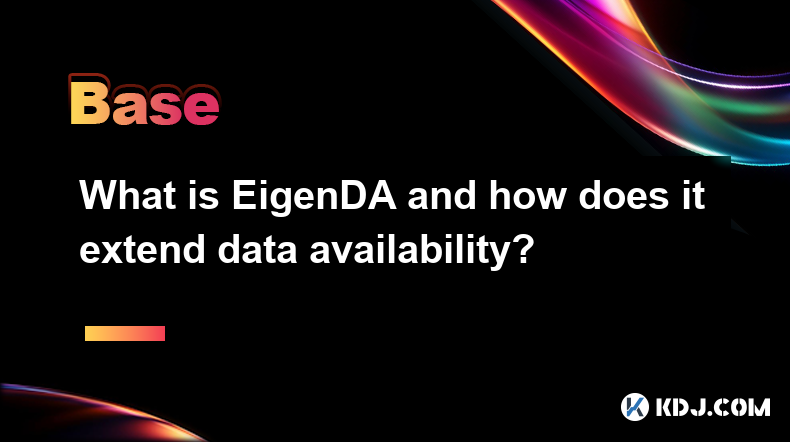
What is EigenDA and how does it extend data availability?
Apr 11,2025 at 05:28pm
EigenDA is a groundbreaking solution within the cryptocurrency ecosystem designed to enhance data availability across blockchain networks. Developed by EigenLayer, EigenDA aims to address the critical issue of data availability, ensuring that all participants in a blockchain network can access the necessary data to verify transactions and maintain the i...
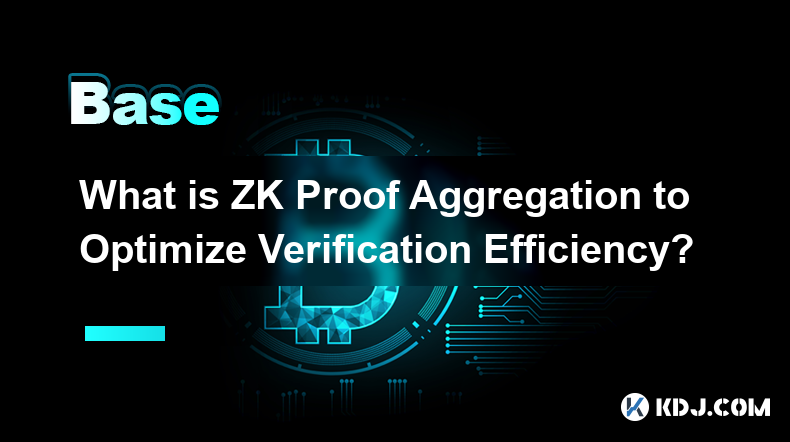
What is ZK Proof Aggregation to Optimize Verification Efficiency?
Apr 11,2025 at 05:42pm
ZK Proof Aggregation is a technique used in the field of zero-knowledge proofs (ZKPs) to enhance the efficiency of verifying multiple proofs. In the context of cryptocurrencies, where scalability and efficiency are paramount, ZK Proof Aggregation plays a crucial role in optimizing the verification process. This method allows multiple proofs to be combin...

What is DePIN (Decentralized Physical Infrastructure)?
Apr 12,2025 at 01:42am
What is DePIN (Decentralized Physical Infrastructure)? DePIN, or Decentralized Physical Infrastructure, represents a groundbreaking approach to building and managing physical infrastructure using decentralized technologies. At its core, DePIN leverages blockchain and other decentralized systems to create, operate, and maintain physical assets in a way t...
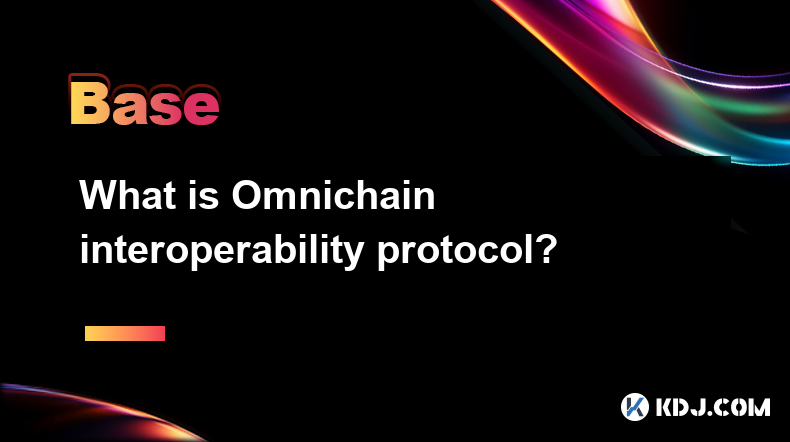
What is Omnichain interoperability protocol?
Apr 11,2025 at 08:36pm
The Omnichain interoperability protocol refers to a technology designed to enable seamless interaction and data exchange between different blockchain networks. This protocol aims to solve the issue of blockchain isolation by allowing assets, data, and functionalities to move freely across various chains. In essence, Omnichain interoperability facilitate...
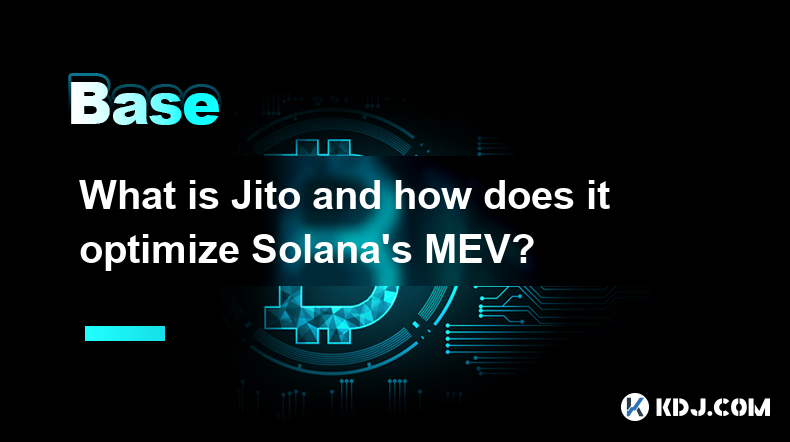
What is Jito and how does it optimize Solana's MEV?
Apr 11,2025 at 09:01pm
Jito is a pivotal tool within the Solana ecosystem, designed to enhance the efficiency and profitability of transactions by optimizing Maximum Extractable Value (MEV). MEV refers to the maximum value that can be extracted from block production in excess of the standard block reward and gas fees by including, reordering, or excluding transactions within ...

What is Delayed Encryption technology?
Apr 11,2025 at 10:42pm
What is Delayed Encryption Technology? In the world of cryptocurrencies, security is paramount. One of the innovative solutions to enhance the security of digital transactions is Delayed Encryption Technology. This technology introduces a layer of security by encrypting data with a time delay, ensuring that the information remains secure until a specifi...

What is EigenDA and how does it extend data availability?
Apr 11,2025 at 05:28pm
EigenDA is a groundbreaking solution within the cryptocurrency ecosystem designed to enhance data availability across blockchain networks. Developed by EigenLayer, EigenDA aims to address the critical issue of data availability, ensuring that all participants in a blockchain network can access the necessary data to verify transactions and maintain the i...

What is ZK Proof Aggregation to Optimize Verification Efficiency?
Apr 11,2025 at 05:42pm
ZK Proof Aggregation is a technique used in the field of zero-knowledge proofs (ZKPs) to enhance the efficiency of verifying multiple proofs. In the context of cryptocurrencies, where scalability and efficiency are paramount, ZK Proof Aggregation plays a crucial role in optimizing the verification process. This method allows multiple proofs to be combin...

What is DePIN (Decentralized Physical Infrastructure)?
Apr 12,2025 at 01:42am
What is DePIN (Decentralized Physical Infrastructure)? DePIN, or Decentralized Physical Infrastructure, represents a groundbreaking approach to building and managing physical infrastructure using decentralized technologies. At its core, DePIN leverages blockchain and other decentralized systems to create, operate, and maintain physical assets in a way t...

What is Omnichain interoperability protocol?
Apr 11,2025 at 08:36pm
The Omnichain interoperability protocol refers to a technology designed to enable seamless interaction and data exchange between different blockchain networks. This protocol aims to solve the issue of blockchain isolation by allowing assets, data, and functionalities to move freely across various chains. In essence, Omnichain interoperability facilitate...

What is Jito and how does it optimize Solana's MEV?
Apr 11,2025 at 09:01pm
Jito is a pivotal tool within the Solana ecosystem, designed to enhance the efficiency and profitability of transactions by optimizing Maximum Extractable Value (MEV). MEV refers to the maximum value that can be extracted from block production in excess of the standard block reward and gas fees by including, reordering, or excluding transactions within ...
See all articles























































































